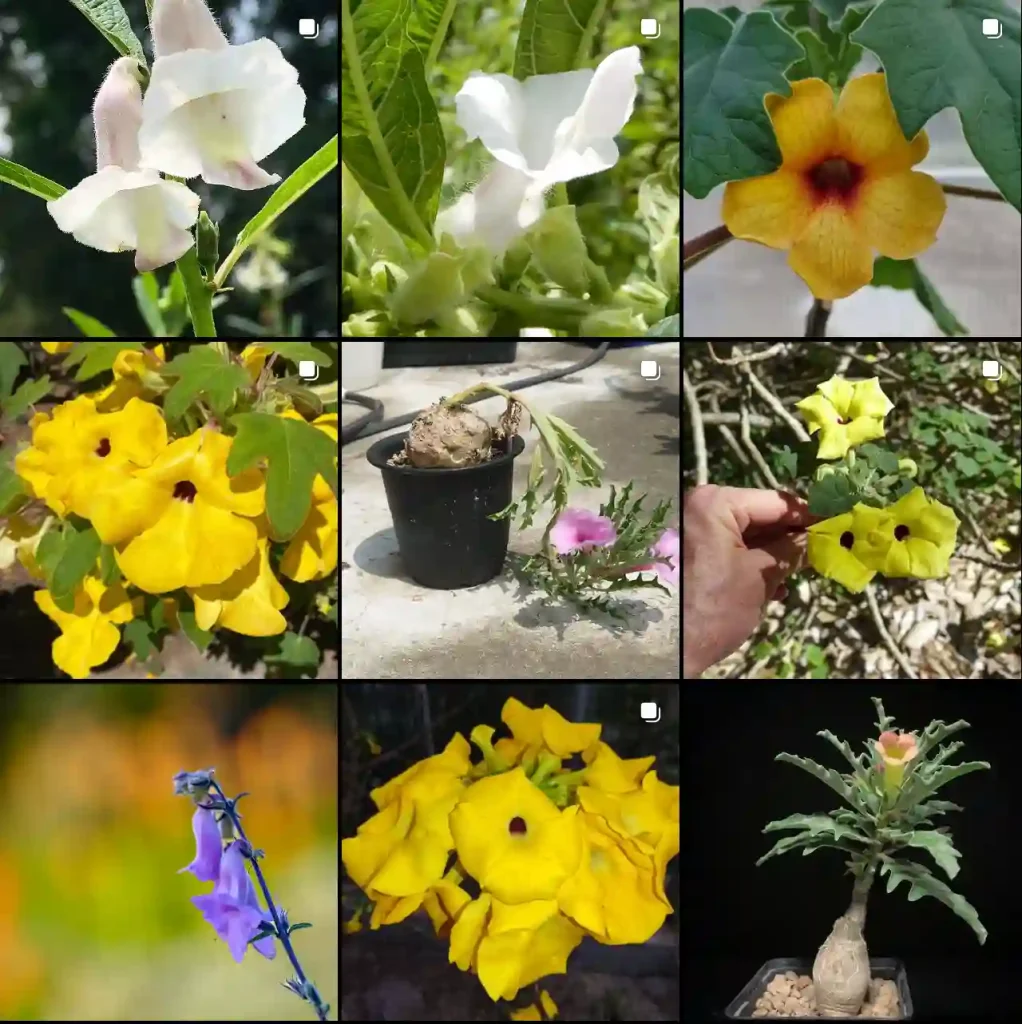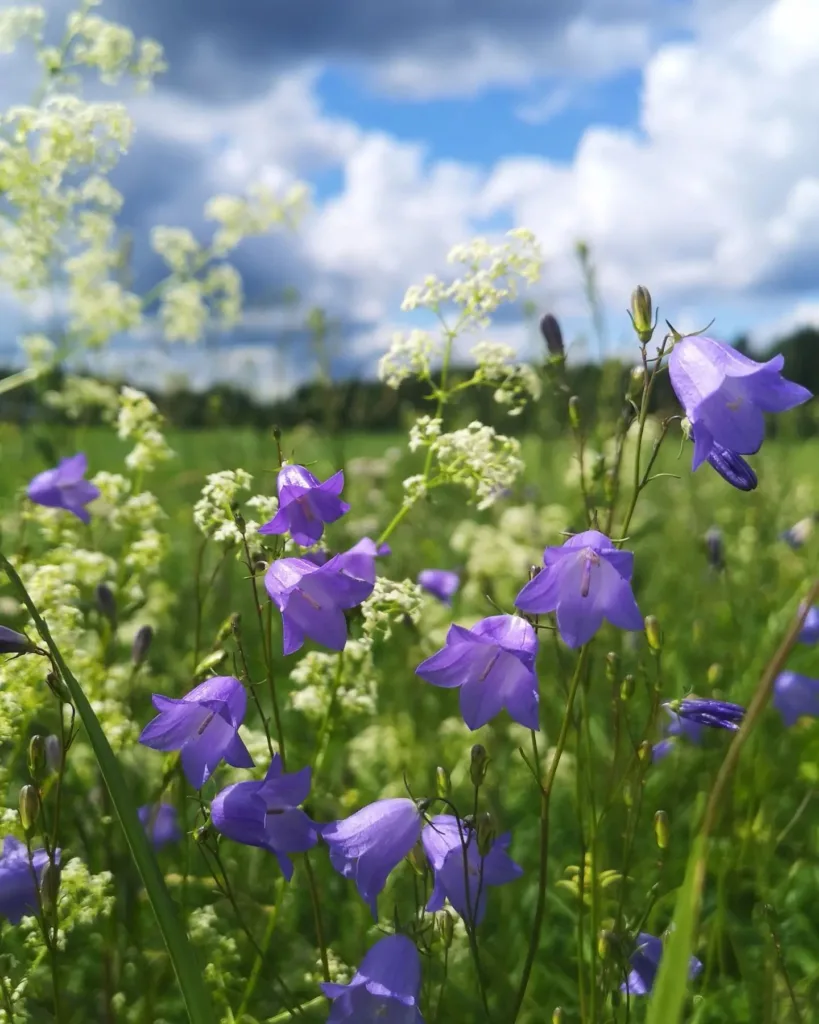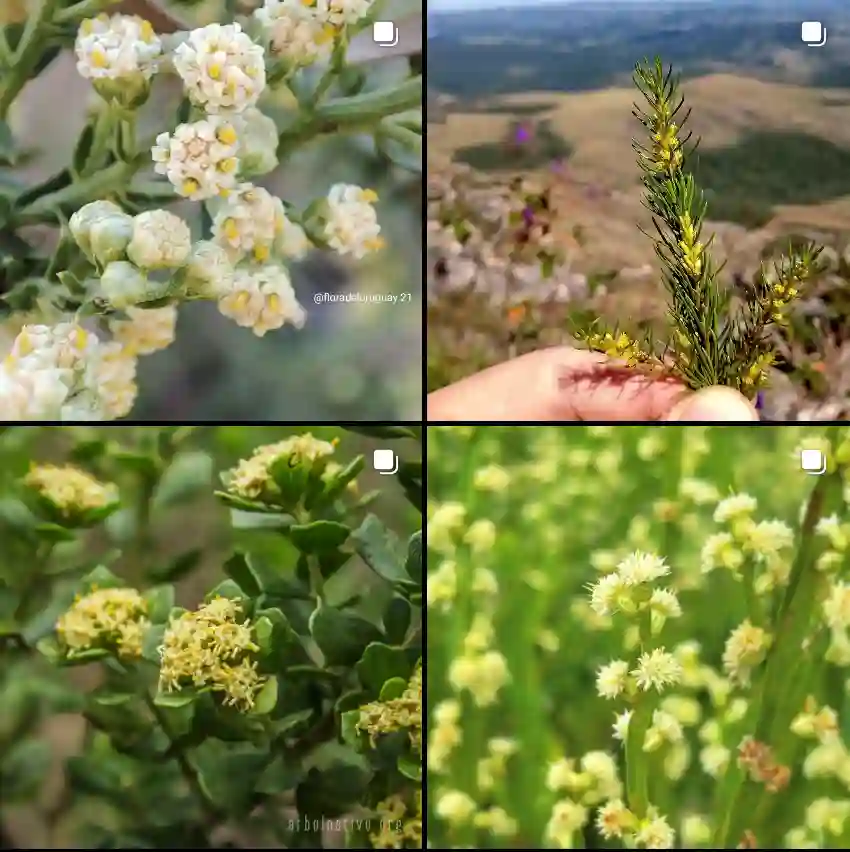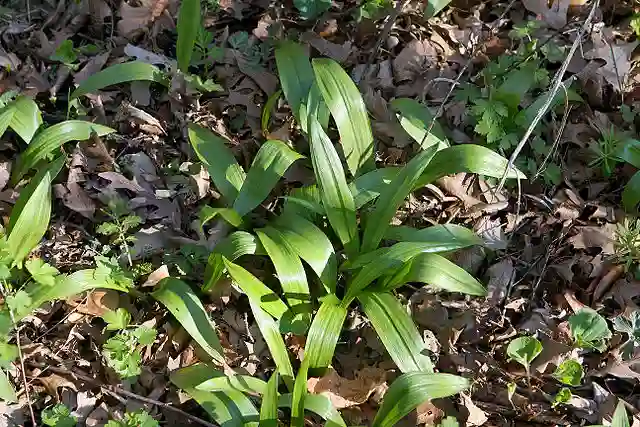FAQ About Magnolia Vulcan: Your Ultimate Guide
Magnolia Vulcan is a captivating and versatile tree that’s gained popularity for its stunning blooms and adaptability. Having spent some time with this beautiful plant, I’ve compiled answers to the most common questions about Magnolia Vulcan, including pruning, soil preferences, and comparisons with other magnolias.
371 Species in Genus Magnolia
What Is Magnolia Vulcan?
Magnolia Vulcan is a deciduous magnolia known for its striking, deep red flowers. It’s a hybrid between Magnolia liliiflora and Magnolia x soulangiana. The tree typically reaches a height of 15 to 25 feet with a similar spread, making it a great choice for medium-sized gardens. Its large, tulip-shaped blossoms appear in late winter to early spring, providing a splash of color before other plants begin to bloom.
How to Prune Magnolia Vulcan?
Pruning Magnolia Vulcan is relatively straightforward but requires a bit of care to avoid damaging the plant. The best time to prune is right after flowering, usually in late spring. This timing helps the tree recover quickly and promotes healthy growth for the next blooming season.
Start by removing any dead or diseased wood. You should also thin out any branches that are crossing or rubbing against each other to improve airflow and reduce the risk of disease. Make clean cuts at the branch collar to encourage quicker healing. Avoid heavy pruning, as Magnolia Vulcan blooms on old wood, and excessive cutting can reduce the number of flowers.
Will Vulcan Magnolia Tolerate Wet Soil?
Magnolia Vulcan prefers well-drained soil and is not particularly tolerant of wet conditions. While it can handle occasional moist soil, consistently waterlogged conditions can lead to root rot and other issues. If you have heavy clay soil or areas prone to flooding, consider planting Magnolia Vulcan in raised beds or mounds to ensure better drainage.
How to Care for Magnolia Vulcan?
Magnolia Vulcan thrives with minimal fuss. Ensure it receives full sun to partial shade. Ideally, it should get at least six hours of direct sunlight daily. Regular watering is essential, especially during dry spells, but avoid overwatering. A layer of mulch around the base can help retain moisture and regulate soil temperature.
Fertilize in early spring before the tree starts its new growth cycle. A balanced, slow-release fertilizer will provide the necessary nutrients. Keep an eye out for pests like scale insects and aphids, which can sometimes affect magnolias. Regularly inspect the leaves and branches for signs of trouble.
How to Propagate Magnolia Vulcan?
Propagation of Magnolia Vulcan is generally done through grafting or cuttings. Grafting is typically performed by professionals, but if you’re keen on trying cuttings, take semi-hardwood cuttings in late summer. Use a rooting hormone to enhance the chances of success, and plant the cuttings in a well-draining medium. Keep them moist and in a warm, humid environment until roots develop.
What to Plant with Magnolia Vulcan?
Magnolia Vulcan pairs well with a variety of garden companions. Consider planting undergrowth like hostas, ferns, or shade-tolerant perennials to complement its beauty. Shrubs such as azaleas or rhododendrons can provide additional color and texture. For a more formal look, boxwoods or low-growing evergreen shrubs can make a nice backdrop.
Can You Grow Magnolia Vulcan Indoors?
Growing Magnolia Vulcan indoors is quite challenging due to its size and specific care requirements. It’s best suited for outdoor gardens where it has ample space to thrive. If you’re interested in growing magnolias indoors, you might want to explore dwarf varieties or consider other types of indoor-friendly magnolias.
Is Magnolia Vulcan Toxic?
Magnolia Vulcan is not considered toxic to humans or pets. However, it’s always a good idea to prevent pets from chewing on plants, as consuming large amounts of plant material can sometimes cause mild digestive upset.
Benefits of Magnolia Vulcan
Magnolia Vulcan offers several benefits for garden enthusiasts. Its early spring blooms provide a beautiful splash of color when many other plants are still dormant. The tree’s broad, glossy leaves also provide excellent shade, making it a valuable addition to any landscape. Furthermore, its resistance to many common pests and diseases makes it a relatively low-maintenance choice.
Common Problems with Magnolia Vulcan
While Magnolia Vulcan is generally hardy, it can face a few issues. Watch out for powdery mildew, especially in humid conditions. Ensure good air circulation around the tree to minimize this problem. Also, be cautious of poor drainage, which can lead to root rot. Regularly check for pests like scale and aphids and take action if needed.
Magnolia Vulcan vs Black Tulip
When comparing Magnolia Vulcan to Magnolia Black Tulip, both offer stunning dark blooms, but there are differences. Black Tulip has deeper, darker flowers and tends to be a bit more compact, reaching about 10 to 15 feet in height. Magnolia Vulcan, on the other hand, has a more upright growth habit and larger flowers. Both are beautiful choices, but your preference might depend on the size of your garden and the intensity of the color you desire.
Magnolia Vulcan vs Genie
Magnolia Genie is a smaller variety known for its compact size and vibrant pink flowers. In contrast, Magnolia Vulcan is larger and has deep red blooms. Genie is suitable for smaller gardens and containers, while Vulcan is better suited for larger spaces where it can spread out. Both have their own charm, but Vulcan’s larger size and striking color might be preferable if you’re looking for a dramatic focal point in your garden.
In summary, Magnolia Vulcan is a beautiful and versatile tree that can enhance any garden with its striking blooms and manageable care requirements. Whether you’re pruning, considering its soil preferences, or comparing it to other varieties, understanding these aspects will help you make the most of this magnificent tree in your landscape.
If i die, water my plants!



